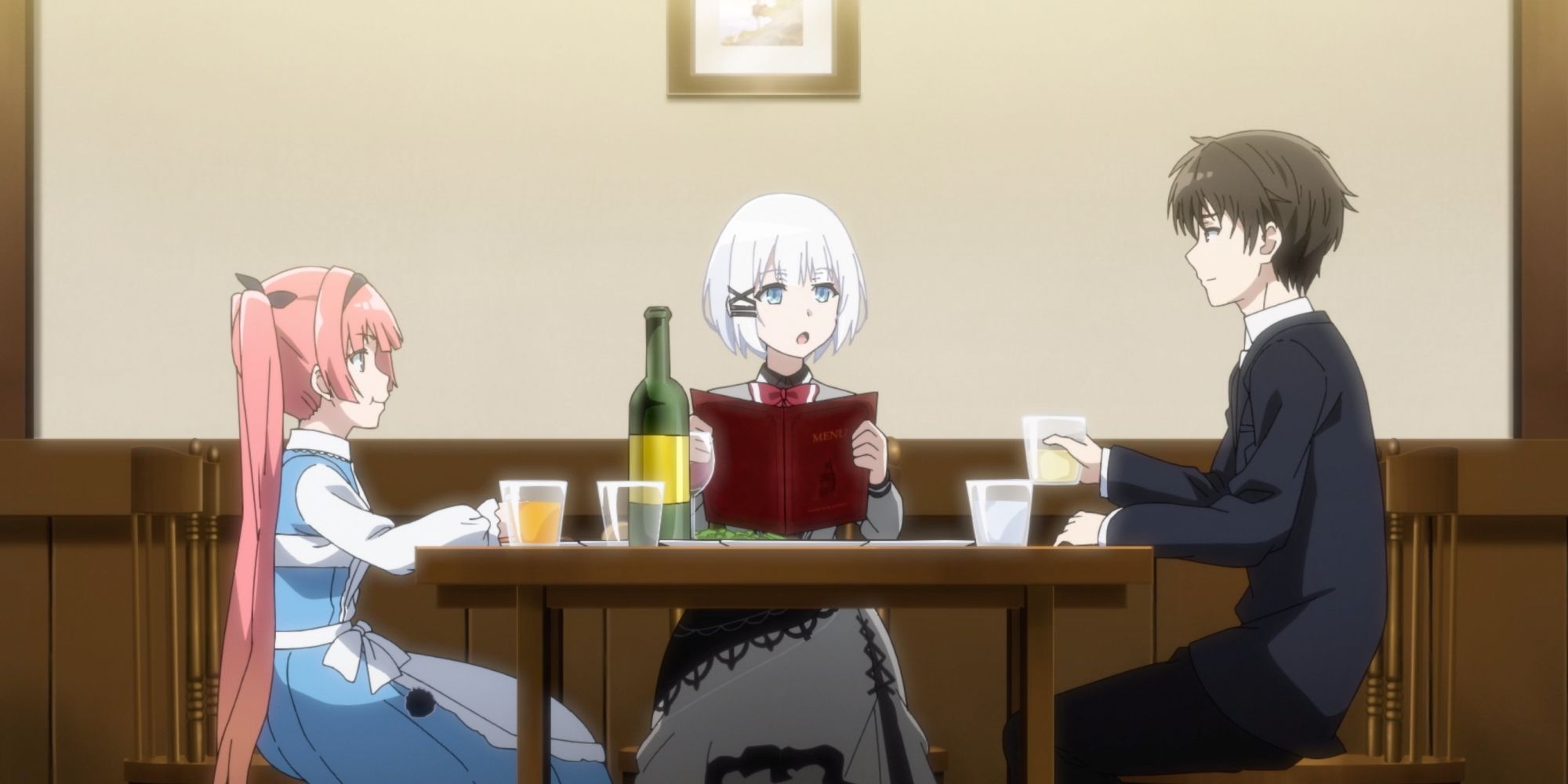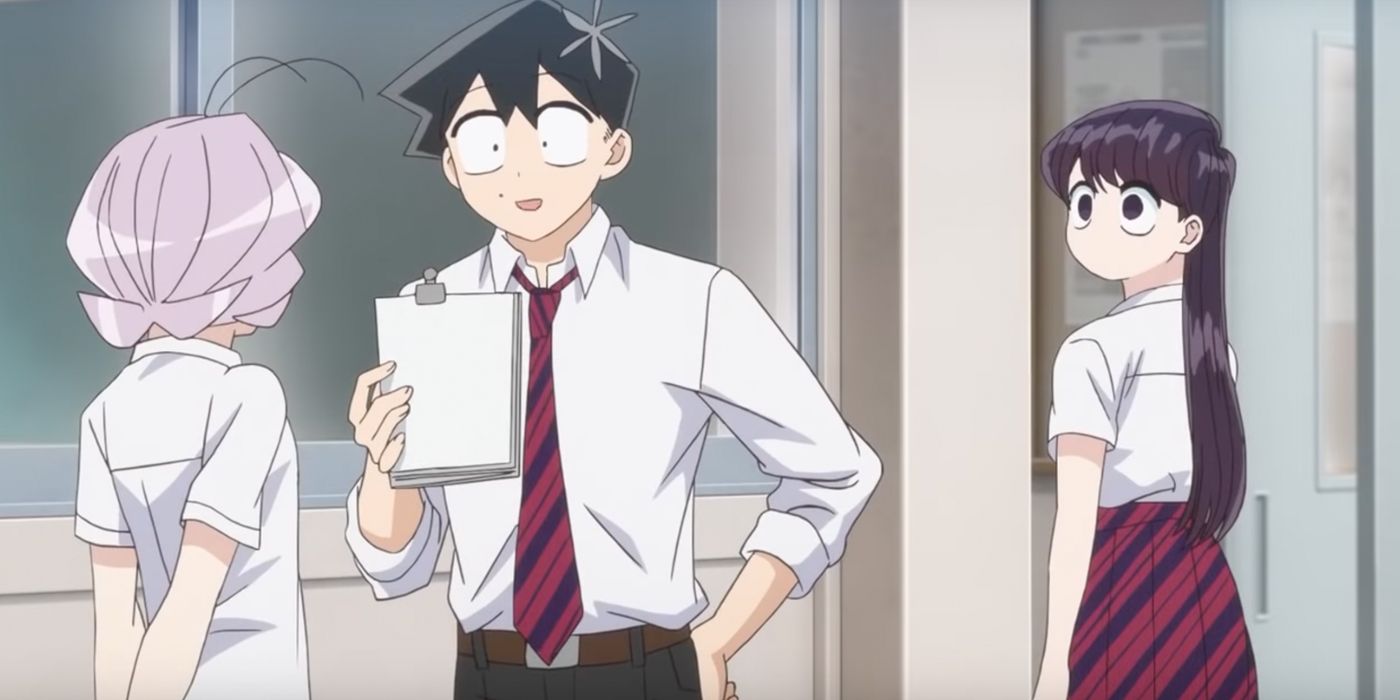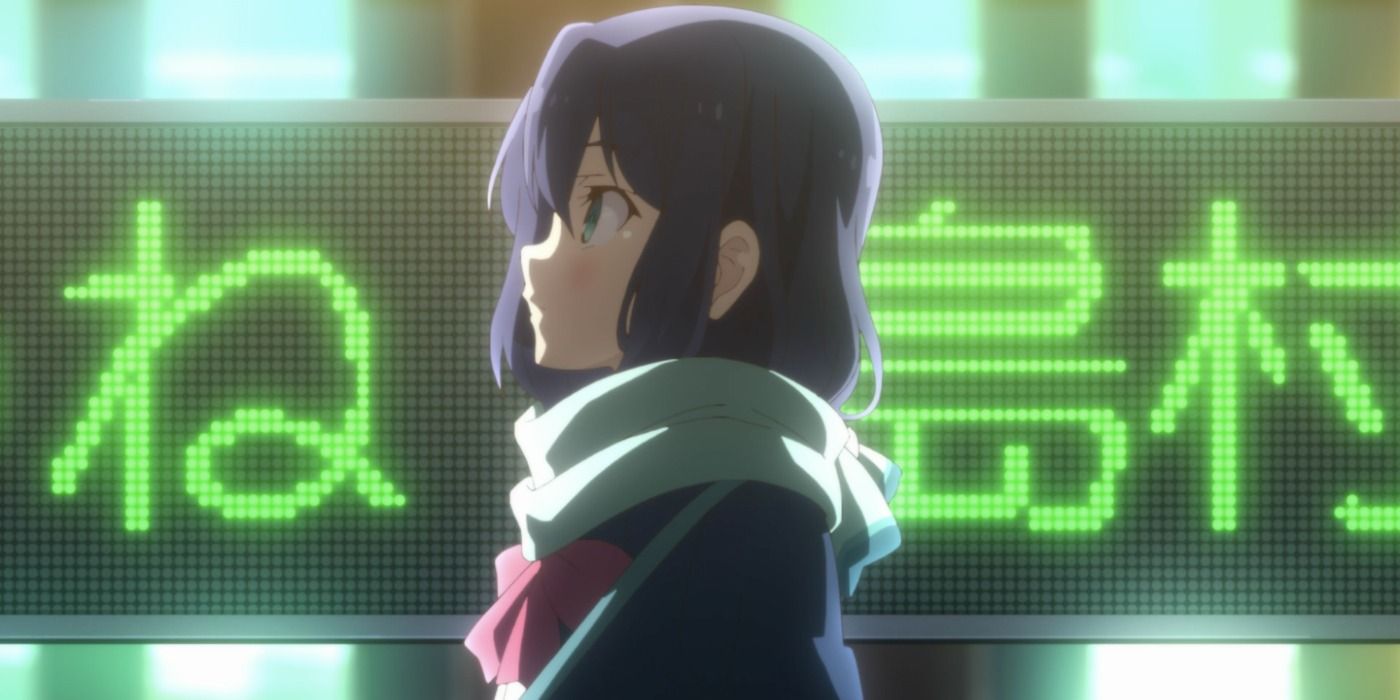One of the challenges of translating works of fiction from one language to another is overcoming both the native language and cultural barriers that come with these works. More often than not, translating rarely involves matching words from one language to another. In many cases, language conventions tend to differ, which informs how thoughts are conveyed. As such, translators tend to translate the main idea rather than the sequence of words. This is equally true of translating anime, manga, light novels, and other types of Japanese intellectual properties into English.
In addition to language conventions, there are also the business models of American licensors. While American licensors rarely change the names, settings, and storylines of Japanese stories to localize them for the American market these days, English translations are still not 100% accurate. This is largely due to a need to reach the widest audience possible and maximize profits.
Structural Differences Between Japanese and English
When it comes to structural differences between Japanese and English, there are plenty, beginning with the fact both use very different sentence structures. Another major difference is the way the language is used. English, for example, thrives on specificity whereas Japanese does not always require it. As Japanese people in conversation tend to rely on contextual clues to understand what is being conveyed, sometimes, often one word alone easily conveys an entire sentence. An example of this happened during the dinner scene in Episode 7 of The Detective Is Already Dead.
In the dinner scene, protagonist Kimihiko Kimizuka found himself recalling an earlier case he worked on with Siesta, the titular detective. At one point, Siesta teasingly commented on how captivated Kimizuka was by the red ribbon in her hair, though he downplayed this by saying he was only "a little captivated." To this, Siesta sarcastically remarked "joshu, nihongo." In a straight word-to-word translation, Siesta said "assistant, Japanese," though this doesn't fully capture what she's actually conveying. As such, in English, it would make more sense to translate her line as "assistant, speak Japanese." To capture the intent of her sarcastic remark, the English subtitles by Funimation translated her line as "sidekick, what language are you speaking?"
Japanese Conveys Different Levels of Politeness
Another aspect of the Japanese language that is difficult to capture in English is the different levels of politeness the language conveys. These different levels of politeness not only inform how verbs are conjugated in Japanese but also inform how individuals are addressed. In many cases, relationship status informs whether Japanese people use formal or informal language.
In interactions between strangers, older people, or individuals who hold a higher level of authority, formal language is used. Similarly, individuals are often referred to by their last names or titles followed by an honorific (usually -san, -sensei, and occasionally -sama) in Japan rather than by their first names. The only time informal language is acceptable is if it's between close friends or family members who are the same age. The same is true of using first names: it's accepted amongst close friends followed an honorific (usually -chan or -kun), or romantic partners without the honorific. The use of informal language or a person's first name in the wrong context or with the wrong people can be seen as rude.
As English is a very casual language, the different levels of politeness conveyed between characters in Japanese are often lost in translation. At best, publishers like Kodansha, Yen Press, and Seven Seas Entertainment try to capture it by keeping the Japanese honorifics. However, the English translation still doesn't fully capture how well a character is respected by other characters in a story. This becomes especially obvious when a character is being blatantly disrespectful, like in the case of Inuyasha, the titular character from Rumiko Takahashi's popular manga series.
Since Inuyasha's experiences with people had been negative, his default way of interacting with others was by being disrespectful. He typically achieved this by referring to people as "temee" (which is a very derogatory version of the word "you") or by referring to people by their first names with no honorific. The first time Inuyasha met Kikyo, for example, he referred to her as both "temee" and by her first name alone, indicating his contempt for her. Since Kikyo was a miko (and therefore a figure of power and authority in Japan's Sengoku period), she's usually referred to as Kikyo-sama or Kikyo-dono. After Inuyasha fell in love with Kikyo, he starts referring to her as "omae" (a different version of "you" that conveys familiarity) and his using her first name without an honorific at that point conveys that their relationship is intimate. None of this is captured in the official English translation by Viz Media.
Japanese Puns Are Notoriously Difficult to Translate
One last point to make about the structural differences between English and Japanese is the use of puns, which are often a source of humor in Japanese stories. They also heavily rely on kanji spelling in addition to similar-sounding words for the humor to work. Two works that thrive on puns are Rumiko Takahashi's Maison Ikkoku manga and Komi Can't Communicate by Tomohito Oda.
In Maison Ikkoku, all of the characters' last names had a kanji for a number that in many cases corresponded to their room number at the Ikkoku boarding house. Viz Media explained these puns through translation notes in the back of the reprinted manga. In the case of Komi Can't Communicate, the names of characters Tadano Hitohito and Osana Najimi were themselves puns that when spoken aloud sound like "ordinary person" and "childhood friend" respectively. While the kanji spellings of their names don't literally convey those meanings, the puns still say something about who they are as characters. Once again, this can only be explained in translation notes.
In other cases where the pun cannot be adequately translated or explained via translation notes, a slight change is made in the English translation. One example of this occurred in The Detective Is Already Dead Vol. 2 where a drunk Siesta told Kimizuka about a time she went to a greengrocer to buy a watermelon and was given vinegar squid instead. The joke is that the Japanese words for "watermelon" and "vinegar squid" are pronounced the same way as "suika" but are spelled differently. To convey this joke in the English translation by Yen Press, the words "watermelon" and "vinegar squid" are changed to "melon" and "lemon" respectively.
American Licensors Need to Maximize Profits
Once language and cultural differences have been accounted for, the last reason English translations are not 100% accurate is the fact American licensors need to maximize profits. This results in additional changes that aren't necessary for the translation, but necessary in terms of reaching the widest audience possible. This is the area where the official English translations will be hit and miss with their target audience.
In many cases, the changes will be close enough to the Japanese original, that they won't disrupt the overall flow of the story. Other times, however, the change can miss the mark entirely. One example of this can easily be found in Adachi to Shimamura Vol 3. In the original Japanese text, for Valentine's Day, Shimamura Hougetsu writes a message for Adachi Sakura that reads "korekara mo nakayoku shite ikou ne!" In English, this would easily translate as "let's continue being good friends in the future!"
In an attempt to sound "more American," the line in the official English translation by Seven Seas Entertainment is changed to "LET'S KEEP ROCKIN'!!" Not only does this change fail to capture the depth of Shimamura's message to Adachi, but it also makes Adachi's subsequent reaction confusing. Why would Adachi get over emotional over a super casual line such as that? She wouldn't, but if the line was translated correctly, Adachi's actions make perfect sense given her own romantic feelings for Shimamura.





